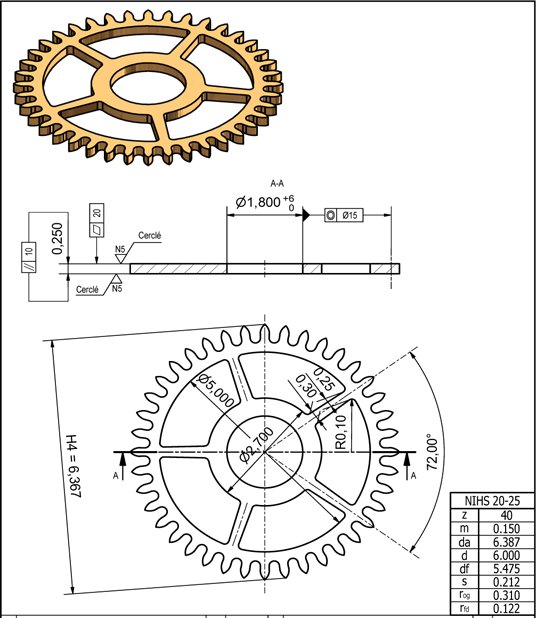Differential: Mechanical art defies time zones
Venturing off the beaten track
The basic idea was simple: to perpetuate Pecqueur’s pioneering spirit through an innovative mechanism providing an intuitive dual-time reading, without needing to refer to a reference city nor to know how many hours need to be added to or subtracted from home time. the development team at Centagora was enlisted for this endeavor, because behind this apparent simplicity lies an impressive wealth of technical complexity involving no less than 118 parts including 20 jewels for the patented GMT module alone.
The Pecqueur differential powers fresh advances
The differential is the core of this innovation. By means of a pinion, it effectively distributes the energy and the base movement information to the dual-time indications – GMT zone and hour display coupled with a day/night indication – via two entry wheels and a single exit wheel. The first of these two entry wheels serves to drive the function, while the second – a star-wheel placed at the base of the differential – enables adjustments in one-hour increments. In keeping with Pecqueur’s original principle, the differential of the OP 21/1-15 caliber involves a layered construction rather than the flat version typical of classic horological differentials. This specific architecture based on a right-angle drive not only creates a light, airy aesthetic with elegant depth effects, but also offers appreciable functional advantages such as reducing friction and lowering energy consumption.




